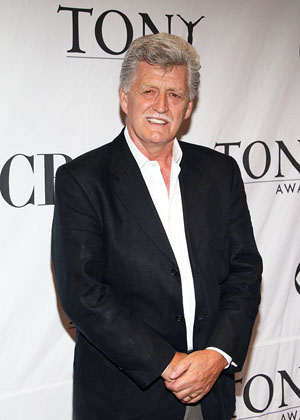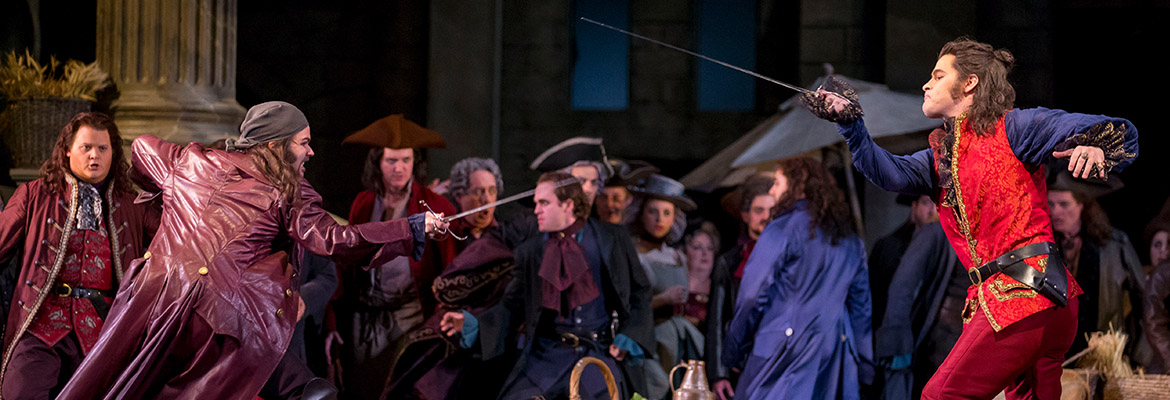March 06, 2019
Famed fight director B.H. Barry on "Romeo and Juliet"
Charles Gounod’s Romeo and Juliet comes to Lyric’s stage in a new-to-Chicago production beginning February 22 for nine performances. Shakespeare’s classic tale of star-crossed lovers from feuding families wouldn’t be the same without the nail-biting fight scenes between the Montagues and the Capulets. Tony-Award winner and Broadway’s premiere fight director B.H. Barry is the man behind the duels. Barry has choreographed fight scenes for television shows, films, and over three dozen Broadway plays — and this will be his 59thtime directing fight scenes for Romeo and Juliet! Barry took time out of his busy schedule to give us the low-down on bringing fight scenes to life.

What exactly is fight choreography?
Essentially, it’s the actions that you put into a sequence to create a fight scene. What I do, just as a writer uses words, is use actions to create fights. The fight itself is a story that is contained within the pages of the play, or the opera. And then the actual choreography is something that I invent to suit the characters and the story. It’s my job to create the illusion of danger.
How did you get started in fight direction?
No one was really doing it when I started. A few of us were interested in it, and we realized that we were going into plays and putting together entire fight scenes, but there was no official role for it. So we formed a society together and called ourselves fight directors. This was back in England in the late 1960s and early ‘70s.
What can we look forward to about the fight scenes in Lyric’s Romeo and Juliet?
I based the style of the fighting on the costumes, believe it or not. I tried to make the fights romantic yet thrilling. There’s no stopping — they’re full of action. There’s never a moment where something isn’t going on. There will always be something to look at. And of course I can’t reveal much more, I have to keep it a surprise!
How long does it take to learn the fight choreography?
It really depends on the singers. If they can move well, they can probably learn it in two days. Sometimes it can take closer to three weeks. I can never be quite sure. Did they play tennis? Are they athletic? If they are, then I can usually teach them very quickly. And if they’re good actors, I can teach them even quicker. I rely on acting even more than the physicality.
How is fight choreography in operas different from fight choreography in film or television?
With opera, I use the phrase “keep it simple stupid.” And that’s a really good idea. Opera singers are there to sing, not to fight. So keeping it simple buys into their strengths, which is that they are great interpreters of the human spirit. Plus on the stage, you only get one chance to get it right. That’s a big difference.
Have you ever had someone get injured in your fight training sessions?
Never, in all of my 50 years of teaching, not once. The real skill is my ability to create a dangerous-looking event, safely.
What’s the most rewarding aspect of directing fight scenes?
I think it’s when I walk away from a fight, after it’s in front of the audience for the first time, knowing that it’s safe and that it’s going to look good. When the audience can appreciate what they saw, and more importantly, when the performers felt that they’ve given it their best shot, that’s very rewarding.
